There is a very intriguing story, unique to the Gospel of John, about a wedding attended by Jesus and his disciples at the Galilean village of Cana (John 2:1–11). Within the Gospel of John the story functions in a theological and even allegorical manner—it is the “first” of seven signs, the “water into wine” story, but that is not to say it lacks any historical foundation. [1]A version of this post is now published at the Biblical Archaeology Society web … Continue reading
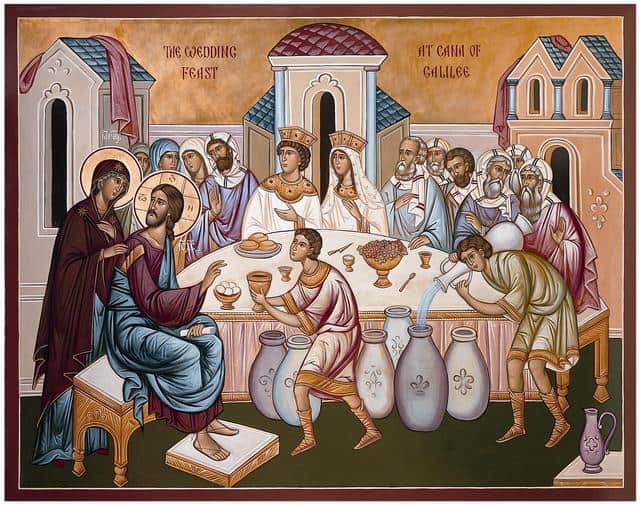
The story is part of an earlier written narrative that scholars call the “Signs Source,” now embedded in the Gospel of John much like the Q source is embedded in Matthew and Luke. Many scholars consider the Signs Source to be our most primitive gospel narrative, earlier than, and independent from, the Gospel of Mark. Most readers of John’s gospel concentrate on the long “red letter” speeches and dialogues of Jesus with the lofty language about him as the “Son” sent from heaven, in cosmic struggle with “the Jews” who are cast in a pejorative light. Such elements are apparently a much later theological overlay, as they are absent from this primitive narrative source. The work, at least according to this “Signs Source,” was originally written to promote the simple affirmation that Jesus was the Messiah, the anointed King of the line of David, and to explain how his death was part of the plan of God. This narrative source is written in a completely different style from the later material now in John’s gospel. It moves along from scene to scene with vivid details and in gripping narrative flow. This Cana wedding story is called the “the first of his signs” (John 2:11; cf. 4:54)
The elements of the Cana story are fascinating. Jesus and his disciples, who have been down in the Jordan valley with John the Baptizer, return to the area to join the wedding celebration. Jesus’ mother Mary (though unnamed in John) and his brothers are already there (2:12), so it seems to be some kind of “family affair.” Indeed, Mary appears to be officially involved in the celebration as a hostess since she takes charge of things when the wine planned for the occasion, unexpectedly runs out. Perhaps the crowd was larger than expected or the affair became quite festive. Mary turns to Jesus and the rest of the story is well known to everyone–he miraculously turns six stone vessels, filled initially with water, into the finest wine. But beyond the “miracle” or the “sign,” a number of other quite interesting questions arise.
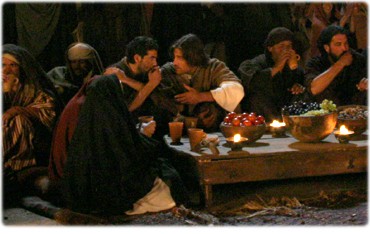
First, one has to ask why the lack of wine would be a concern of Mary, Jesus’ mother? And what do we know about Cana? And most interesting, whose wedding was this and why was Jesus and his family present in the first place?
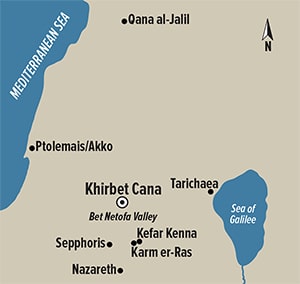 Let’s begin with Cana itself. What do we know about it? Most tourists are taken to the traditional site of Cana (Kefr Kenna) near Nazareth on the road to Tiberius that the Franciscans maintain. The problem is this location has no Roman period ruins and most certainly is not the place mentioned in the New Testament. Its veneration began sometime in the Middle Ages. An alternative site, Khirbet Qana, is 8 miles northwest of Nazareth and 12 miles west of the Sea of Galilee. It is high on a hill overlooking the Bet Netofa valley. This location has much more evidence in its favor. My colleague and friend, the late Professor Doug Edwards, began excavating there in 1998, and Tom McCollough, has carried on his work as time has allowed. What they have found seems fairly decisive, including 2nd Temple period tombs, houses, and possibly a beth midrash or synagogue. Evidence of Christian veneration at this site dates back to the 6th century CE. You can see photos and a summary of the finds and here. [2]See most recently, Tom McCollough, “Searching for Cana: Where Jesus Turned Water into Wine,” Biblical Archaeology Review 41.6 (Nov/Dec 2015): 30–39 as well as his “Khirbet Qana,” in … Continue reading
Let’s begin with Cana itself. What do we know about it? Most tourists are taken to the traditional site of Cana (Kefr Kenna) near Nazareth on the road to Tiberius that the Franciscans maintain. The problem is this location has no Roman period ruins and most certainly is not the place mentioned in the New Testament. Its veneration began sometime in the Middle Ages. An alternative site, Khirbet Qana, is 8 miles northwest of Nazareth and 12 miles west of the Sea of Galilee. It is high on a hill overlooking the Bet Netofa valley. This location has much more evidence in its favor. My colleague and friend, the late Professor Doug Edwards, began excavating there in 1998, and Tom McCollough, has carried on his work as time has allowed. What they have found seems fairly decisive, including 2nd Temple period tombs, houses, and possibly a beth midrash or synagogue. Evidence of Christian veneration at this site dates back to the 6th century CE. You can see photos and a summary of the finds and here. [2]See most recently, Tom McCollough, “Searching for Cana: Where Jesus Turned Water into Wine,” Biblical Archaeology Review 41.6 (Nov/Dec 2015): 30–39 as well as his “Khirbet Qana,” in … Continue reading
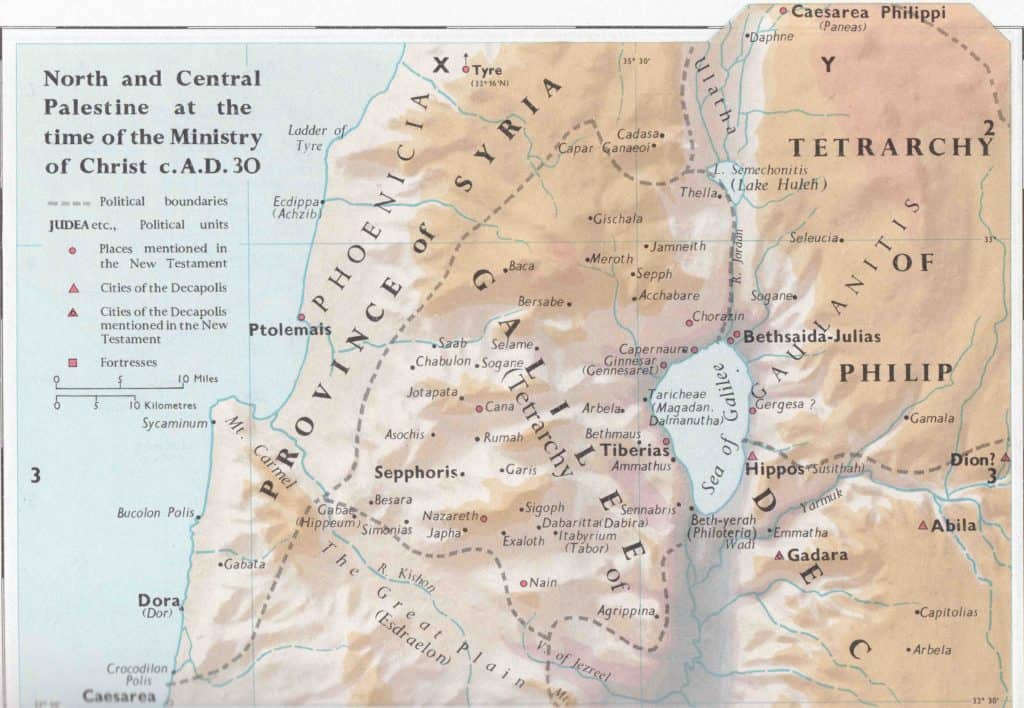
Right after the wedding, according to John 2:12, Jesus went to Capernaum and with him are his disciples, but also his mother and his brothers. I think that implies the whole family, including the brothers (and thus the sisters) were not only at the wedding but are now traveling with him–though in John they only stay there “a few days.” In contrast, Mark pinpoints Capernaum as the house of Peter and there Jesus sets up a kind “residence” or operational HQ, (see Mark 2:1; 3:19; 9:33 and the references to the house and being “at home.”). Mark knows nothing of Cana whereas John never presents Capernaum as any kind of base or operational HQ for Jesus. John mentions Cana again when Jesus returns from a trip to Judea where he stirred up a considerable amount of trouble and needs someplace to “lay low.” He and his disciples go back to Cana (John 4:46). Why go back there if the first visit was just for a wedding and had no connection to him? I think this is important in that it seems to become for Jesus a kind of “safe house” or place of operations when he needs to retreat to Galilee.
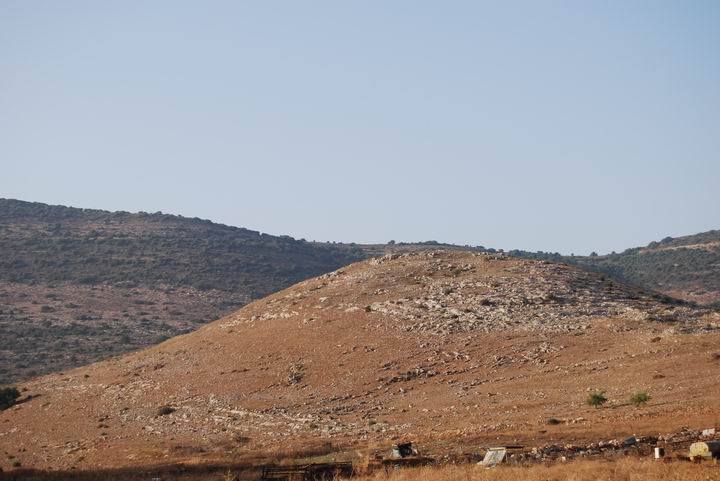
There is definitely a “Jesus connection” to Cana, parallel to the one that Mark reports regarding Capernaum. Peter Richardson, of the University of Toronto, has written a significant academic article on this point titled “What Has Cana to Do with Capernaum?” (New Testament Studies 2002:48: 314-331) that I highly recommend. He argues that the significant differences on geographical matters between the Synoptics with their sources and John with its sources–especially the question of Jesus’ “place”–should not be resolved simply in favor of Mark. Cana as a place in John is as significant as Capernaum in Mark. In fact, Richardson argues that Cana served as an operational base for Jesus according to the tradition that John reflects. It is interesting to note that during the Jewish Revolt Josephus, commander of the Jewish forces in Galilee, made Cana his strategic headquarters for a time (Life 86). Its prime location, overlooking Sepphoris and the cities of the Bet Netofa valley made it an ideal location. Also, Jewish tradition locates the priestly family of Eliashib, mentioned in 1 Chronicles 24:19 as one of the 24 orders of Cohanim or priest, as from Cana. [3] M. Avi-Yonah, “A List of Priestly Courses from Caesarea,” Israel Exploration Journal 12:2 (1962): 137-39.
John indicates the connection in the last chapter of his gospel, where he says that the disciple Nathanael, mentioned only in the gospel of John is from Cana in Galilee (21:2). Nathanael is mentioned earlier in the gospel of John as an early follower or disciple, associated with Andrew of Bethsaida (1:45). He is most often identified as one of the Twelve, under his father’s name, Bar-Tholomew or “Bar Tolmai” in Aramaic, in Mark’s list of the disciples (Mark 3:18). I find this identification likely.
Given this background all we can do is speculate. I think we can assume that Mary, the mother of Jesus, is somehow involved in the wedding and since we know Jesus and his disciples, as well as his brothers are invited to the wedding, it is not a passing event but some kind of family affair. And since he returns to the place when things get heated for him and his disciples in Judea, it is a safe place for him, and one to which he is connected. So whose was the wedding? Or can we even make a wild guess?
Many have suggested that the wedding at Cana was that of Jesus. I find this unlikely. Even though the account is very “allegorical” as it comes to us in John, and it is accordingly hard to derive historical material therefrom, the way in which Jesus shows up with his disciples, when his mother and brothers are already there, indicates to me that the wedding is of someone else. My own guess would be that it is the wedding someone to whom Mary is related, perhaps one of her daughters, since she is involved, but not as the hostess. It is the bridegroom who seems to be from Cana and he is the one who takes charge of things, but Mary is unquestionably concerned with the provisions for the wedding–so she is not just a guest. Cana then becomes a place to which Jesus can return, and as with Capernaum, it served as a kind of “home” for him. Regardless, I do think, as Richardson has argued, we should take John’s references to geographical locations as rooted in some of the earliest traditions we have related to the life of Jesus–even predating Mark.
Postscript on a “married Jesus.” I have of late become persuaded that Jesus well might have been married, and this represents a change of mind for me that I have detailed in our new book, The Jesus Discovery. If such be the case it seems impossible to tell whether he would have been married long before this point in his life, perhaps in his 20s, or whether he chose not to be married into his adult life, and only subsequently did so closer to the end. For a summary of my own thinking in that regard see “There’s Something About Mary. . . Magdalene (Part 3) and for an overview of the discoveries in Talpiot see “The Case for a “Jesus Family” Tomb” and “The ‘Jesus Tomb’ Story: Does the Evidence Add Up?”







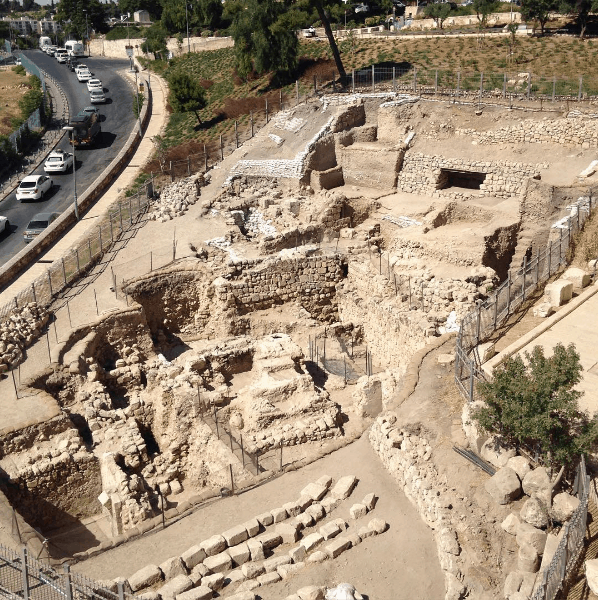
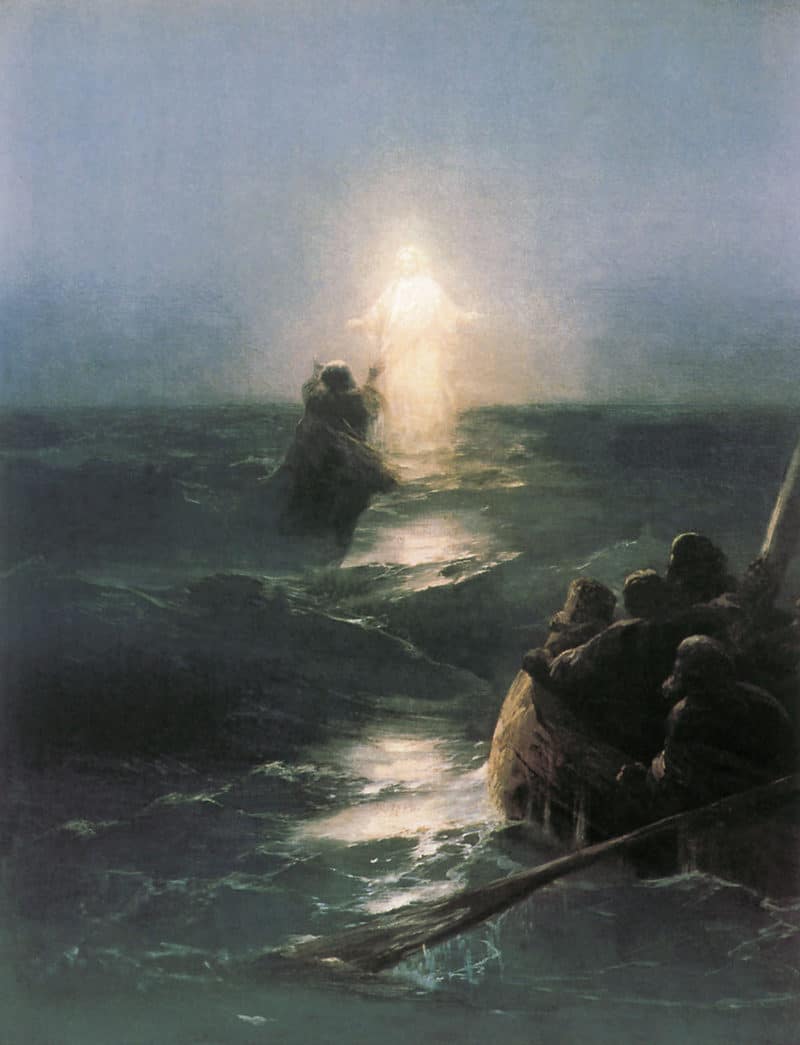
Comments are closed.